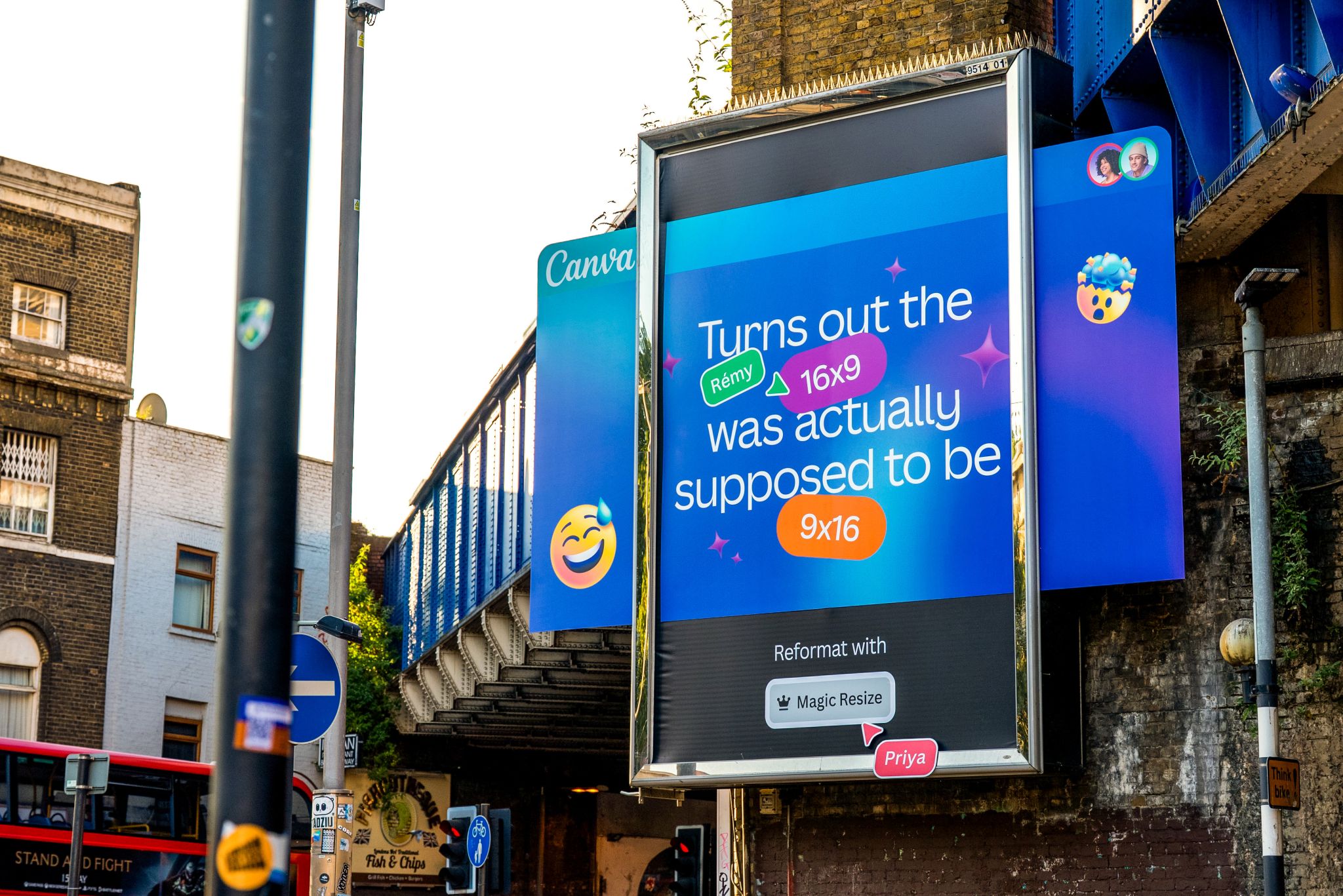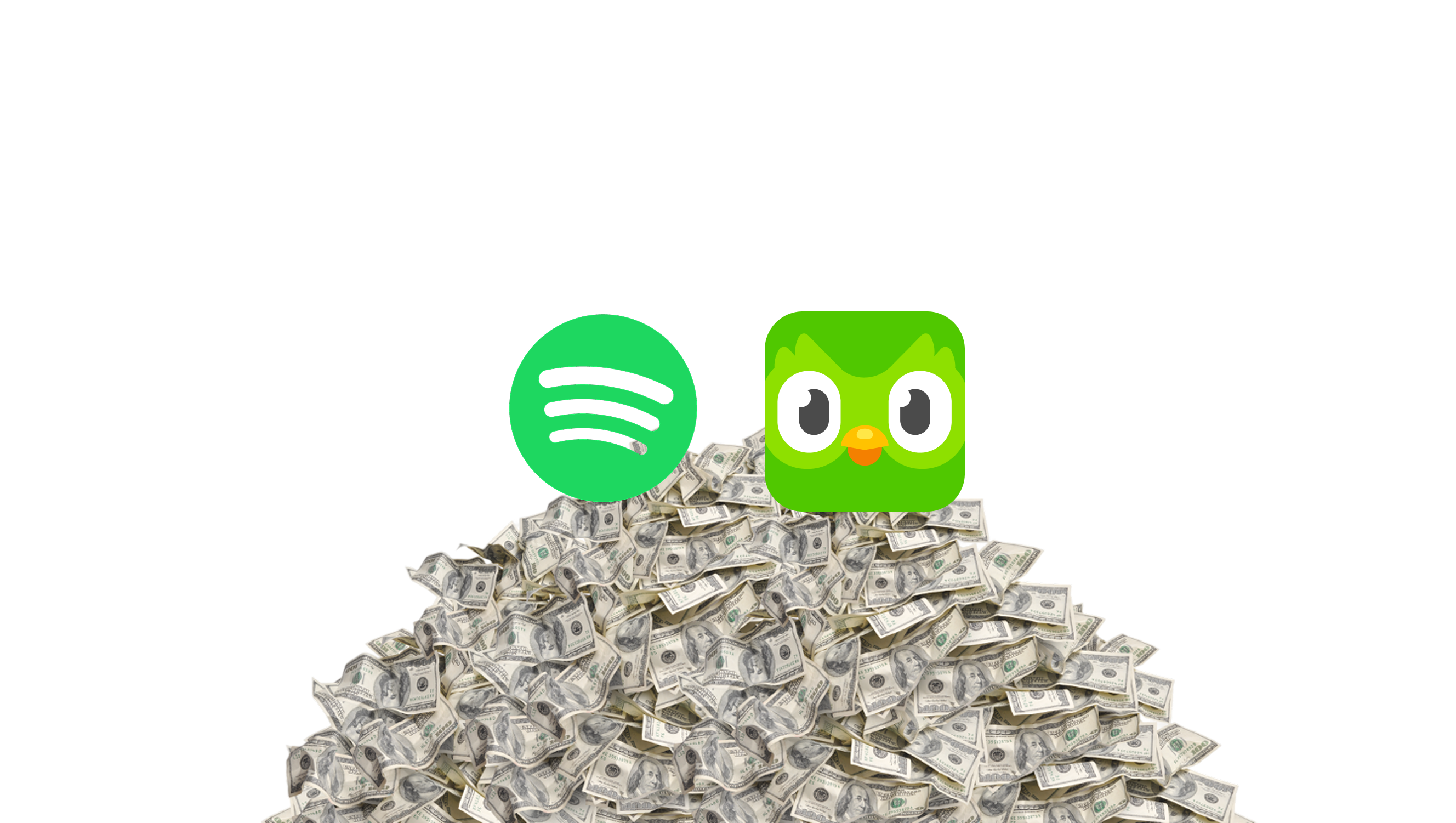Freemium is a Strategy: How Top Platforms Monetize the Majority Who’ll Never Pay

Freemium models are everywhere and have been widely used for years. From design tools to language apps to streaming services, they touch nearly every part of our lives in some way, shape, or form. But here’s the uncomfortable truth most people ignore: The majority of your users will never pay for a subscription. And that’s not a sign of failure. In fact, it’s the foundation of a thriving, multi-revenue business model that is proven to perform long-term.
The Freemium Illusion: Why Most Users Never Pay
It’s easy to assume that “freemium” is just a lead-gen tactic for converting users into subscribers. There’s also the underlying assumption that anything with the word “free” can instill a feeling of lower quality. But the numbers tell a different story.
According to Business of Apps, less than 0.1% of free app users convert to a subscription. That’s like saying out of 1,000 downloads, only one becomes a paying user yet all 1,000 happily open, scroll, tap, and engage.
If you’re building your entire monetization strategy around subscription upgrades alone, you’re missing 99.9% of the people who interact with your product. But are these non-paying users a lost cause? Absolutely not. They still provide immense value if you’re smart enough to monetize their attention.

Canva: The Freemium Goldmine
Let’s start with Canva, a design platform with over 170 million monthly active users. How many of those pay for a subscription? Around 16 million, or less than 10%. But what about the rest? They’re creating, collaborating, and coming back regularly, with no intention of using it any differently. And honestly, I was one of them - Canva’s free version helped me plan my wedding two years ago (if you know, you know).
Even if those free users never upgrade to Pro, Canva’s estimated $1.7B+ annual revenue still exists. Now, imagine if they leaned into introducing an ad-supported experience for those free users what their profitability state would look like - they could open the flood gates to a new revenue stream without compromising the experience for paying customers.

Freemium at Scale: Spotify & Duolingo
Some of the most successful platforms in the world run a freemium vs. premium playbook:
- Spotify (based on Q1 2024 data):
- ~236M ad-supported users
- ~239M premium subscribers. Spotify runs on a dual-engine model, where free users are monetized through ads, and loyalists can upgrade to avoid them.
- They have tripled their revenue in the last 5 years
- Duolingo (based on early 2024 data):
- Of the 65M+ monthly users, ~91% of users are on the free tier
- Only ~4.8 million pay for Duolingo Plus. And yet, Duolingo is profitable thanks to a mix of ads, gamified features, and clever upsells that don’t interfere with the free learning experience.
These platforms aren’t trying to force everyone into a subscription. Instead, they’re letting the market indicate what performs well on its own based on its users → ads for the masses, subscriptions for the loyalists.

Ads Aren’t the Enemy, They’re the Business Model
Too often, "ad-supported" is seen as a downgrade, clunky, and a distracting compromise. But modern advertising isn’t just about banner spam.
When executed strategically and intentionally, ads:
- Subsidize product access for people who would never pay
- Create predictable revenue at scale
- Leave the door open for subscription upgrades when users are ready (this is key as it indicates that it’s on the user to make that call to upgrade rather than being bullied or persuaded into paying for a subscription)
- Encourage daily engagement, which improves retention
More importantly, monetizing via ads doesn’t mean abandoning quality. As Choicely explains, “ad-supported models can offer better accessibility and wider user acquisition, while still driving monetization and loyalty when paired with intelligent upsell mechanics.”
Freemium vs. Premium Is a False Choice
The most successful platforms don’t pick sides. It’s often a combination of factors that help provide a solution for the larger audience. They don’t treat freemium as a temporary funnel, and they don’t panic if conversion rates stay low. Instead, they:
✅ Build valuable experiences for both types of users
✅ Leverage first-party data to personalize monetization
✅ Use ads and subscriptions to complement, not compete
✅ Let the market decide what monetization path works best
Wrap Up: Properly Monetizing Attention
Freemium isn’t just about converting users, it’s about capturing value from the entire audience. If you're building a product today, don't just ask: "How do we get more subscribers?" Ask: "How do we make the most of every user, free or paid?" Because the best platforms don’t gatekeep value. They deliver it at scale and let the revenue model meet the user where they are.


